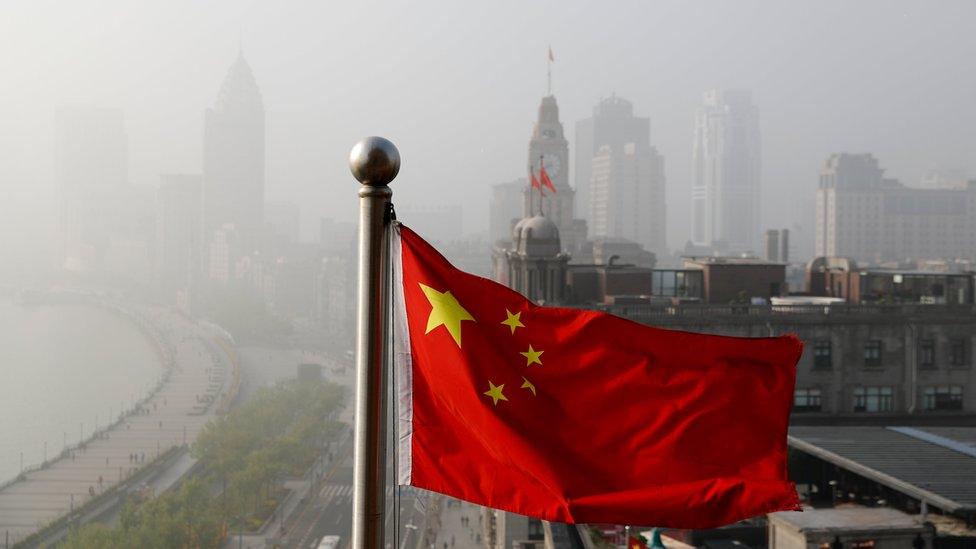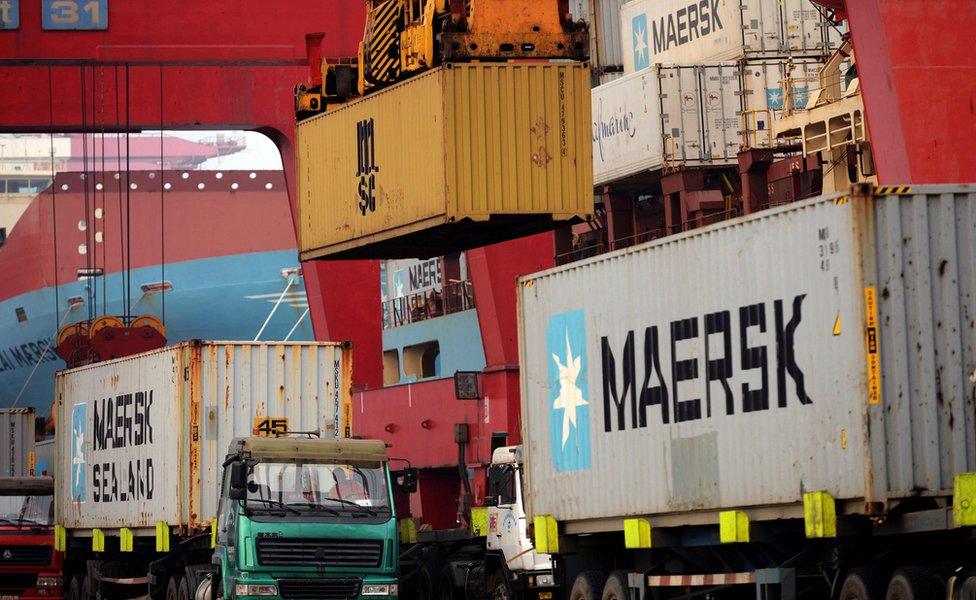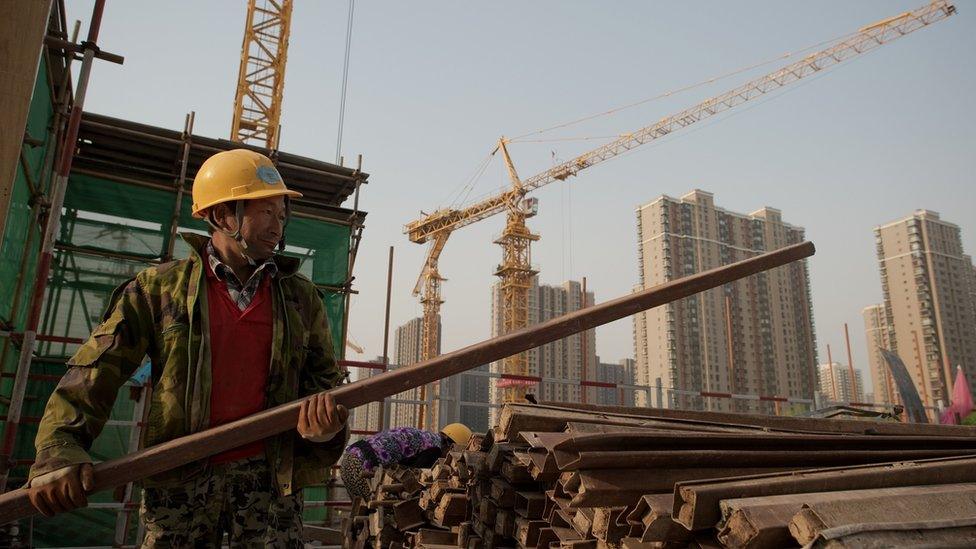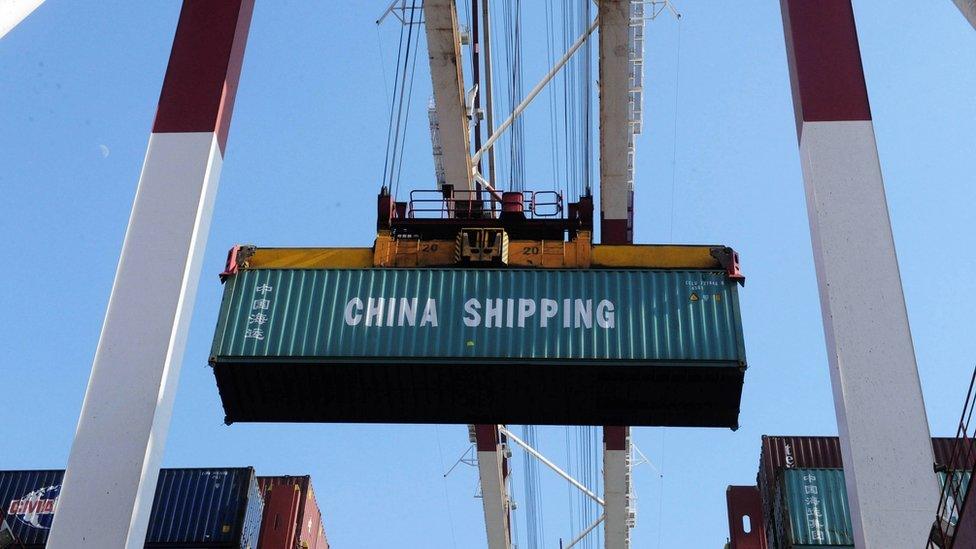China's transition: What transition?
- Published

The government says it wants to make the economy more consumer-driven
China's economic figures show an economy that's still addicted to stimulus for growth.
Remarkably consistent - those are the words that come to mind when you first look at China's first quarter GDP data.
Yes growth is slowing but we all knew that, and Beijing has been broadcasting that for years now. China must slow in order to make the much-touted economic transition from manufacturing to services.
And so here we have it - almost as if the figures were plucked out of the minds of Beijing's officials themselves: 6.7% for the first quarter, bang in line with market expectations, and also extremely conveniently - what Beijing needs to see in order for full year growth to achieve the stated target of 6.5-7% for this year.
A state-and-stage-managed slowdown?
These numbers will definitely give Beijing the credibility to say to the world that although the economy is declining, it is also stabilising, and the slowdown isn't reeling out of control.
But the sceptics among you are sure to ask: In the face of weaker external demand, reduced global trade, and an uncertain economic environment, how did China manage to do this?

Despite wanting to change the economy, it is still heavily dependent on exports
Let's drill down on the year-on-year numbers:
Fixed asset investment up 10.7%
New Loan Growth up 25%
Property investment up 6.2%
All these figures show that China is using the tried-and-tested formula of stimulus yet again. This time around China says it is using "targeted stimulus", but it is a path which has led to many of the problems it currently faces.
It says it wants to move away from this model of growth. But structural transition takes time, and is painful, as I've said many times before. And while Beijing has no shortage of patience, this data suggests that perhaps China's leaders are more addicted to stimulus and investment to grow the economy than they're willing to admit.
There's nothing wrong with using stimulus to fuel your economy - governments from the US to Japan have been doing it for years.

Millions of workers in China's steel industry are expected to be lose their jobs because of the economic transition
But where is the money coming from? Remember China already has worrying debt levels at its banks, at the corporate level and at the local municipal level too.
There are also social realities to consider; this transition is coming with massive job losses at state-owned enterprises and the last thing Beijing wants is unrest linked to unemployment.
After years of anti-corruption crackdowns, President Xi Jinping is probably also mindful of the political realities within his party - he has a lot riding on making sure the slowdown is managed successfully.
- Published15 April 2016

- Published13 April 2016

- Published22 March 2016
- Published27 September 2015

- Published24 September 2015